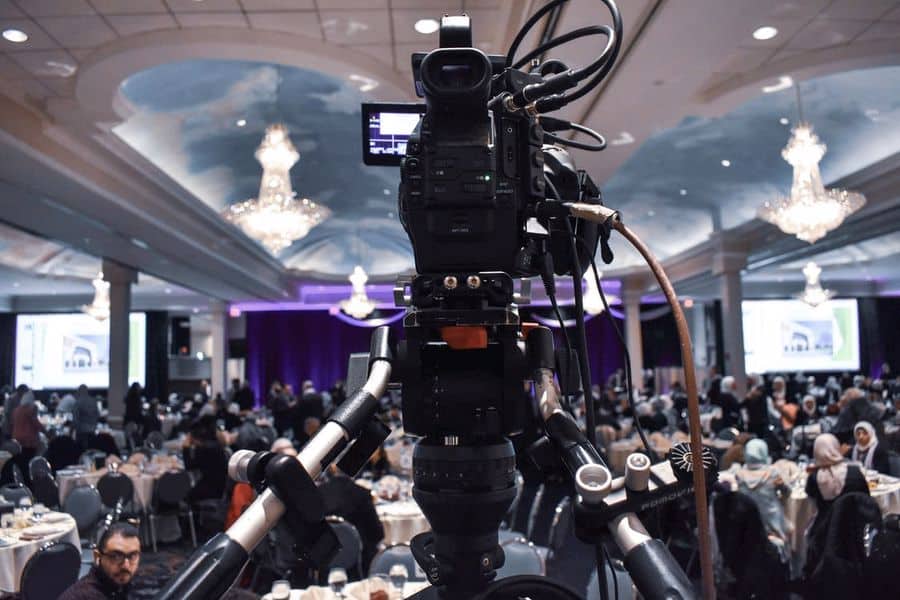Illuminating the Influence of Illumination Methods on the Craft of Video Projections Mapping
Illuminating the Influence of Illumination Methods on the Craft of Video Projections Mapping
Blog Article
Motion mapping projection is an exciting creative medium that merges technology and innovation to transform common spaces into remarkable sight displays. This technique involves projecting graphics and footage onto 3D elements, such as structures, artworks, or platforms. One of the most crucial elements in producing successful projection in the use of effective illumination techniques. Proper lighting enhances the visual components of the projection and guarantees that the images are crisp and captivating. This article explores the influence of illumination techniques on motion projection and how they can enhance the overall encounter.
Lighting plays a crucial part in video projection because it establishes the atmosphere and feel of the exhibit. Different illumination methods can elicit various emotions and reactions from the viewers. For instance, using gentle, warm illumination can create a inviting environment, while vivid, cool illumination may produce a more dynamic or intense effect. By thoughtfully selecting illumination hues and intensities, artists can influence how viewers perceive the projected visuals, leading to a more engaging encounter. The equilibrium between projection luminance and ambient light is crucial, as it can greatly impact the visibility and effect of the images.
In addition to, Check This Out hue and intensity, the direction of light also affects the effectiveness of projection. Lighting from different directions can generate contrast and accents that introduce dimension to the projected images. This technique, known as light and shadow, can enhance the three-dimensionality of the objects being mapped. Furthermore, using moving illumination can introduce dynamism to the exhibit, making the encounter more involving for the audience. When the illumination interacts with the mapped images, it can create an effect of motion and transformation, capturing the audience's attention.
Another essential aspect of lighting in mapping in the use of special effects. Methods such as patterned illumination, which employs patterns and shapes to filter light, can add texture and intricacy to the mapping. This approach allows artists to superimpose visuals and create aesthetically captivating effects that complement the projection. Moreover, adding lasers or light-emitting diode lights can additionally improve the display, providing a distinct blend of sight elements that draw the viewers in. These unique features, when used carefully, can elevate the mapping beyond a basic display to an immersive work of creativity.
In summary, the influence of lighting methods on video mapping is profound. video mapping artist collaborations By comprehending how different illumination components connect with mapped images, artists can produce enthralling encounters that resonate with viewers. The thoughtful choosing of color, intensity, direction, and unique effects enables for a rich tapestry of visual storytelling. As tech advances to grow, the possibilities for creative expression in projection will only grow, making illumination an increasingly vital aspect in this progressive creative medium.